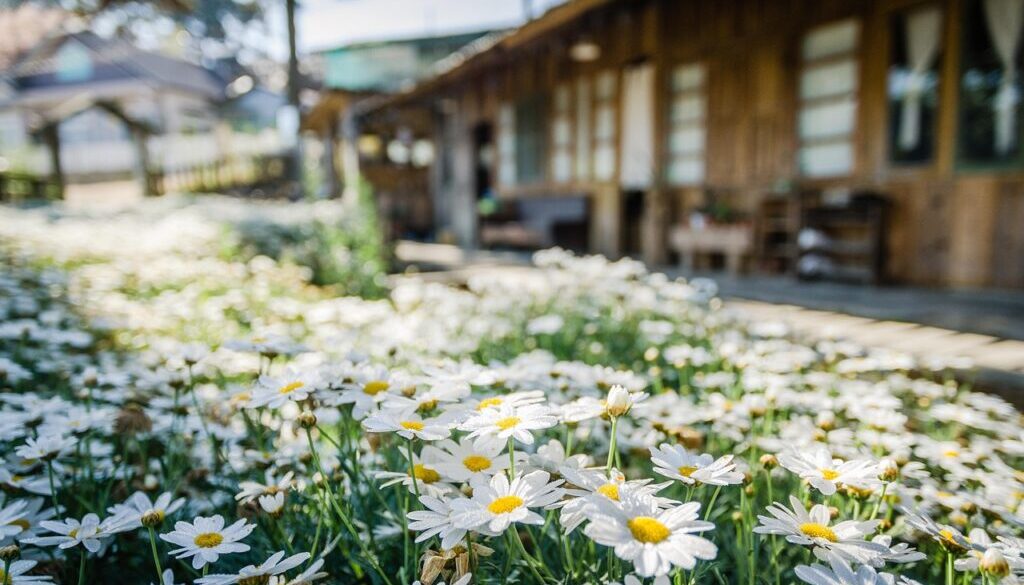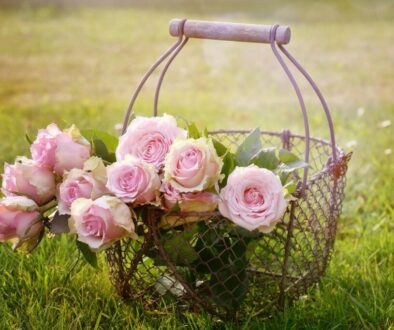How to Create a Cottage-Style Flower Garden: A Step-by-Step Guide to Your Dreamy Outdoor Escape
Imagine stepping into a whimsical, flower-filled paradise right in your backyard. A cottage-style flower garden is all about charm, color, and a slightly wild, natural feel. It’s the kind of space that invites you to wander, relax, and lose yourself in the beauty of blooming flowers and buzzing bees. If you’ve ever dreamed of creating your own slice of cottage garden magic, you’re in the right place. Let’s dive into how you can design, plant, and maintain a garden that feels like it’s straight out of a storybook.
1. Start with a Plan: Design Your Dream Cottage Garden
Before you grab your shovel, take a moment to dream and plan. Cottage gardens are known for their informal, slightly chaotic look, but that doesn’t mean you should skip the planning stage. Start by sketching out your garden space, noting where the sun shines brightest and where shadows linger. You’ll want to choose a spot that gets at least six hours of sunlight daily, as most cottage garden flowers thrive in sunny conditions.
Think about pathways, too. A meandering gravel or stone path adds charm and makes it easier to navigate your garden. Don’t worry about perfect symmetry—cottage gardens are all about relaxed, organic shapes. Consider adding a focal point, like a rustic bench, a birdbath, or a vintage trellis. These elements add character and make your garden feel like a true retreat.
When selecting plants, aim for a mix of heights, textures, and colors. Tall flowers like delphiniums and hollyhocks can go at the back, while mid-height blooms like roses and lavender fill the middle. Low-growing plants like alyssum or creeping thyme can edge your beds. Remember, the goal is to create layers that feel lush and abundant.
2. Choose the Right Plants: A Colorful Mix of Perennials and Annuals
The heart of any cottage-style flower garden is, of course, the flowers. To achieve that romantic, overflowing look, you’ll want a mix of perennials and annuals. Perennials, like peonies, foxgloves, and daisies, come back year after year, giving your garden a solid foundation. Annuals, like cosmos, zinnias, and sweet peas, add bursts of color and can be switched up each year for variety.
Don’t forget about foliage! Plants like lamb’s ear, ferns, and sage add texture and keep your garden looking interesting even when flowers aren’t in bloom. Climbing plants, such as clematis or climbing roses, are perfect for trellises or fences, adding vertical interest and a touch of drama.
When choosing colors, think soft pastels mixed with vibrant hues. Pinks, purples, yellows, and whites are classic cottage garden colors but don’t be afraid to throw in some bold reds or oranges for contrast. The key is to create a harmonious blend that feels natural and inviting.
3. Plant with Abundance: Embrace the “More is More” Philosophy
One of the hallmarks of a cottage-style garden is its lush, overflowing look. To achieve this, plant your flowers close together. This not only creates a full, abundant feel but also helps suppress weeds and retain soil moisture. Don’t be afraid to let plants spill over onto pathways or mingle with their neighbors—this casual, slightly untamed look is what gives cottage gardens their charm.
When planting, consider bloom times. Choose a variety of flowers that bloom at different times throughout the growing season to ensure your garden is always bursting with color. Early bloomers like tulips and daffodils can be followed by summer stars like roses and lavender, with late bloomers like asters and chrysanthemums rounding out the season.
Add some fragrant plants to your mix, too. Lavender, roses, and sweet peas not only look beautiful but also fill your garden with delightful scents. Imagine sitting on your garden bench, surrounded by the sweet aroma of blooming flowers—pure bliss!
4. Add Personal Touches: Make Your Garden Uniquely Yours
A cottage-style flower garden is more than just plants—it’s a reflection of your personality and style. Add personal touches to make your garden truly unique. Vintage garden tools, weathered pots, or a quirky birdhouse can add character and charm. If you love DIY projects, consider building a simple arbor or painting a wooden sign with your garden’s name.
Incorporate seating areas where you can relax and enjoy your garden. A rustic bench under a climbing rose or a bistro set surrounded by flowers creates a cozy spot to sip your morning coffee or read a book. Don’t forget about lighting—solar-powered fairy lights or lanterns can make your garden magical in the evening.
Finally, invite wildlife into your garden. Bees, butterflies, and birds are not only delightful to watch but also play a crucial role in pollination. Plant nectar-rich flowers like bee balm, coneflowers, and sunflowers to attract these helpful visitors. A small birdbath or feeder can also encourage birds to make your garden their home.
5. Maintain Your Garden: Keep the Magic Alive
While cottage gardens have a relaxed, carefree vibe, they do require some maintenance to keep them looking their best. Regular watering, especially during dry spells, is essential. Mulching around your plants helps retain moisture and suppress weeds, giving your garden a neat appearance without too much effort.
Deadheading spent flowers encourages new blooms and keeps your garden looking fresh. Pruning climbing plants and trimming back overgrown perennials in the fall helps maintain their shape and health. Don’t be afraid to let your garden evolve over time—adding new plants or rearranging existing ones can keep it feeling fresh and exciting.
Remember, a cottage-style garden is meant to feel lived-in and loved. It’s okay if it’s not perfectly manicured—a little wildness is part of its charm. Embrace the imperfections and enjoy the process of nurturing your garden as it grows and changes with the seasons.
6. Enjoy the Fruits of Your Labor: A Garden That Feels Like Home
Creating a cottage-style flower garden is a labor of love, but the rewards are endless. Imagine stepping outside to a sea of blooming flowers, the hum of bees, and the scent of lavender in the air. Your garden will become a sanctuary, a place to unwind, connect with nature, and let your creativity flourish.
Whether you’re a seasoned gardener or a complete beginner, a cottage-style flower garden is within your reach. With a little planning, the right plants, and a touch of whimsy, you can transform your outdoor space into a dreamy retreat that feels like it’s straight out of a fairy tale. So grab your gloves, pick up your trowel, and let’s get started—your cottage garden adventure awaits!
Happy Gardening!




